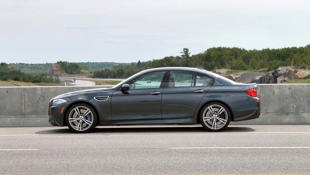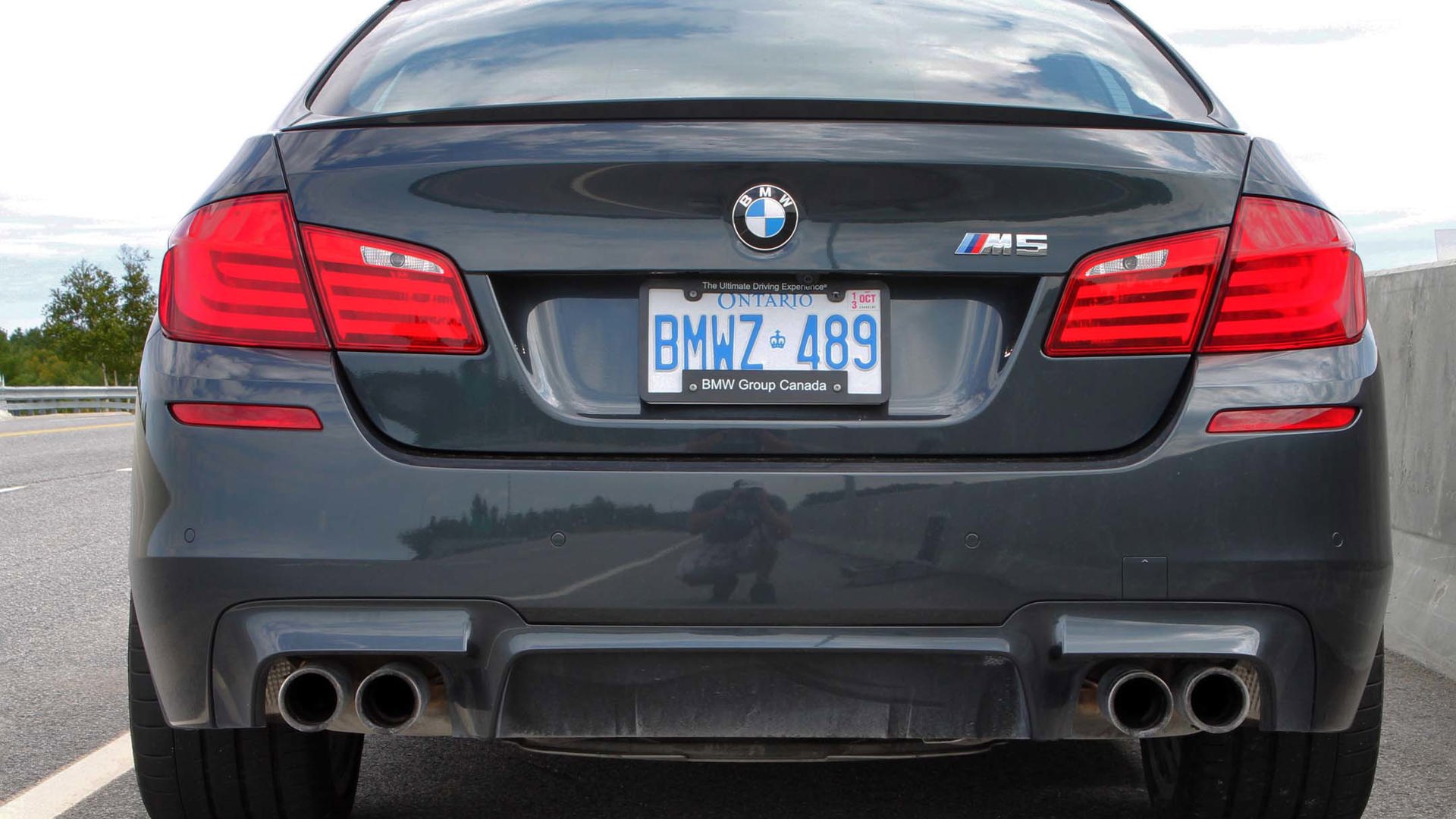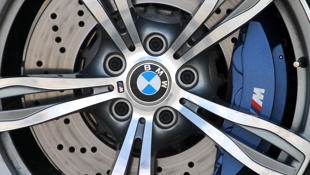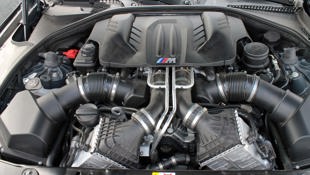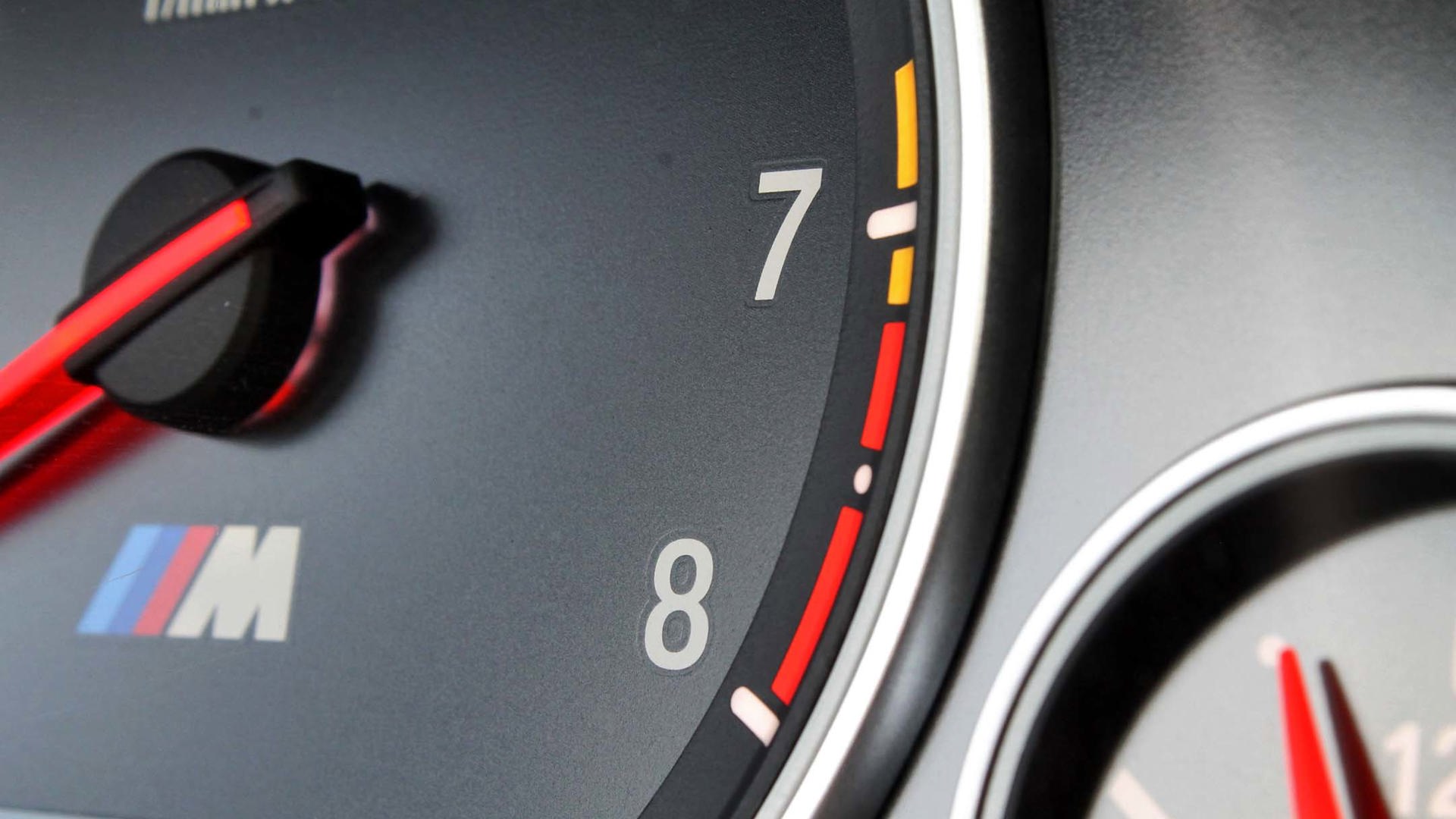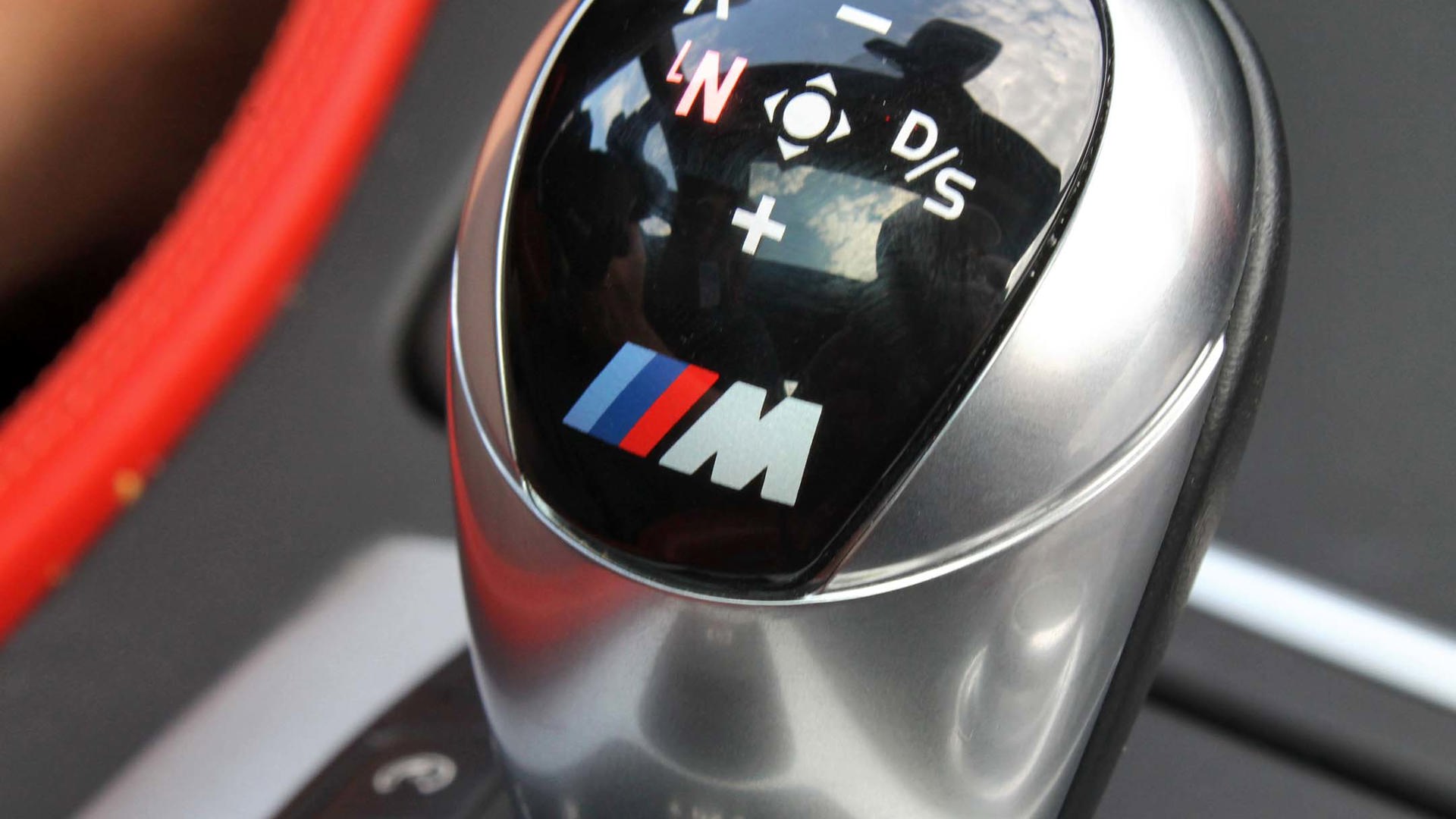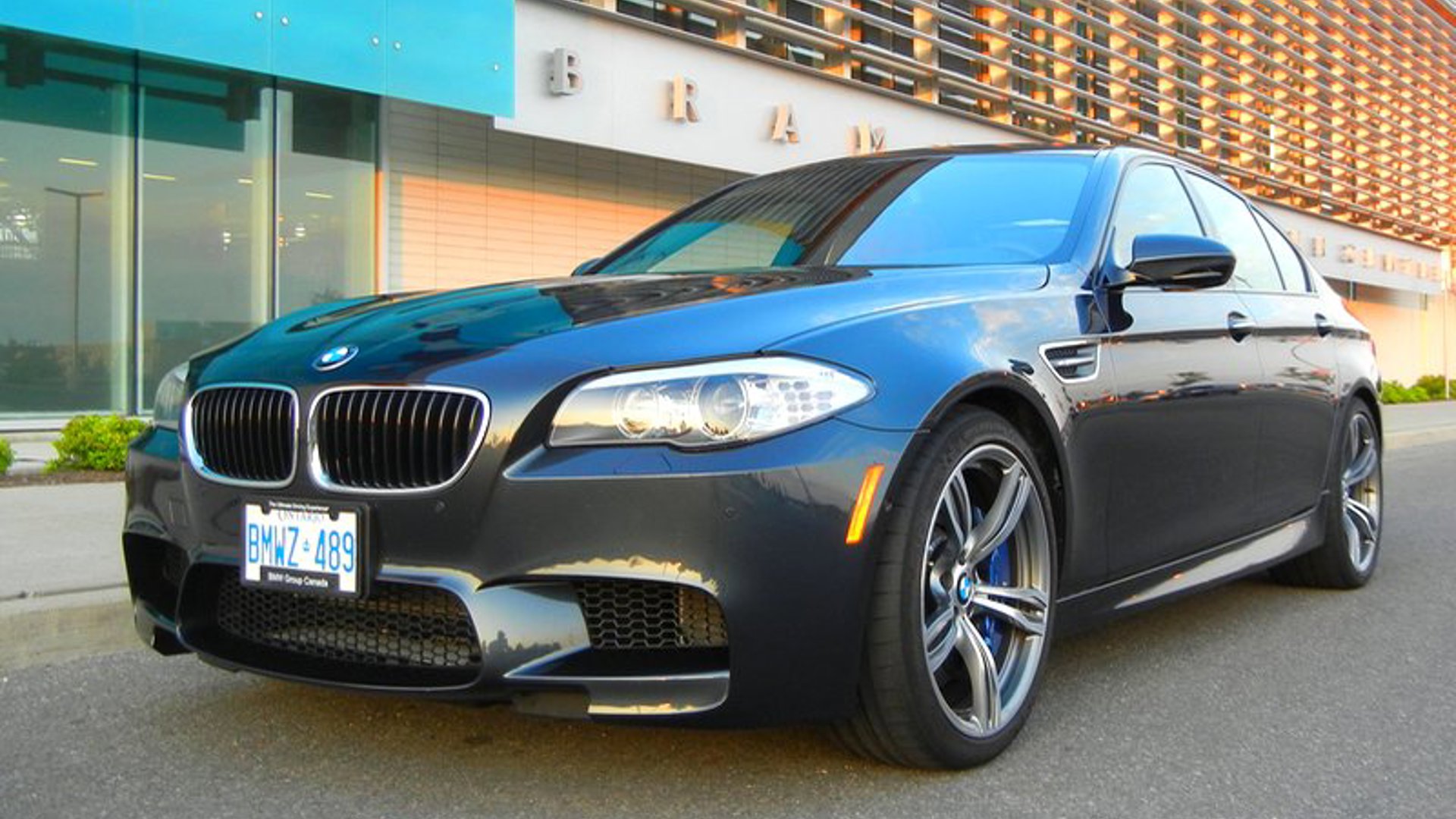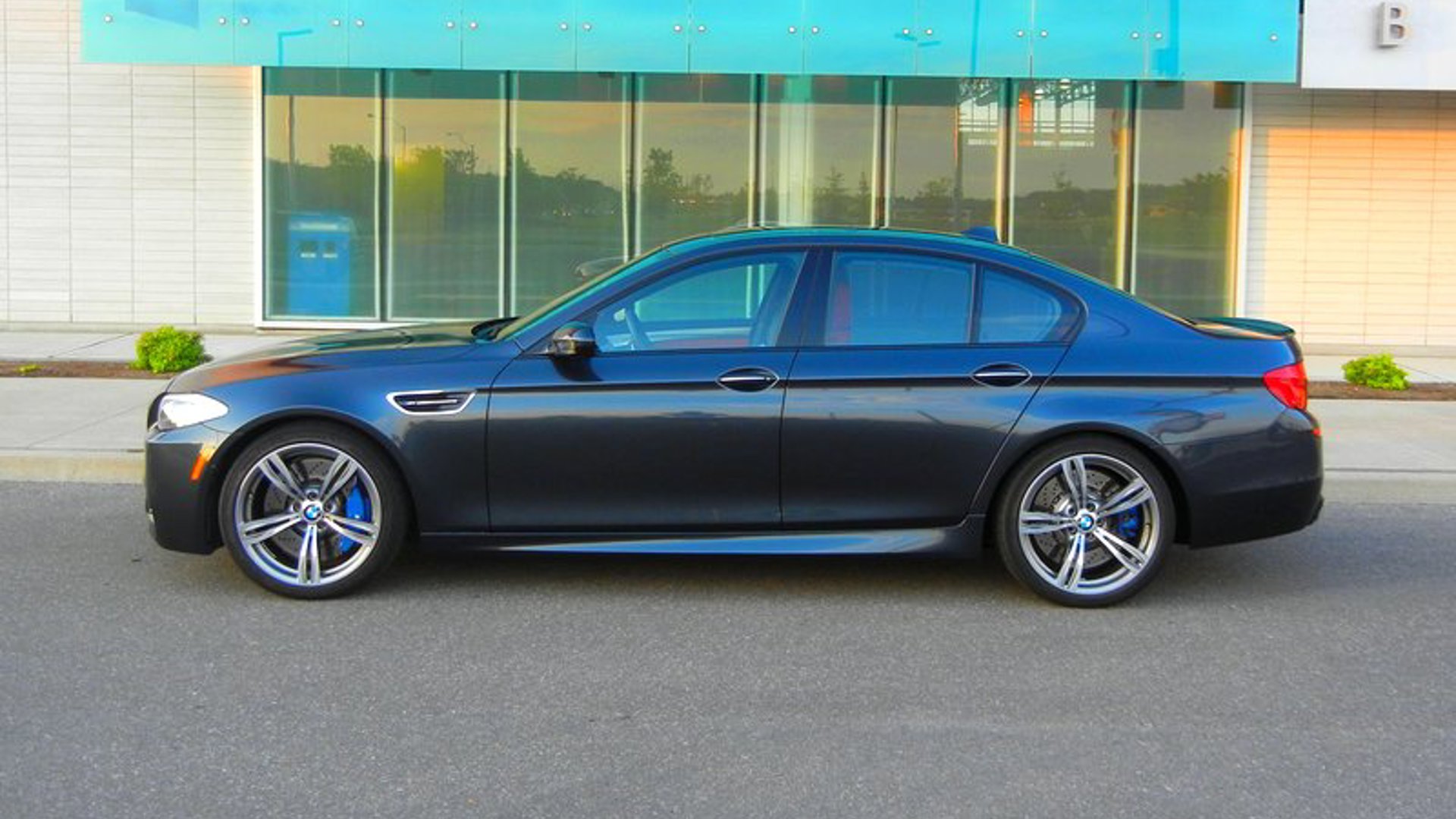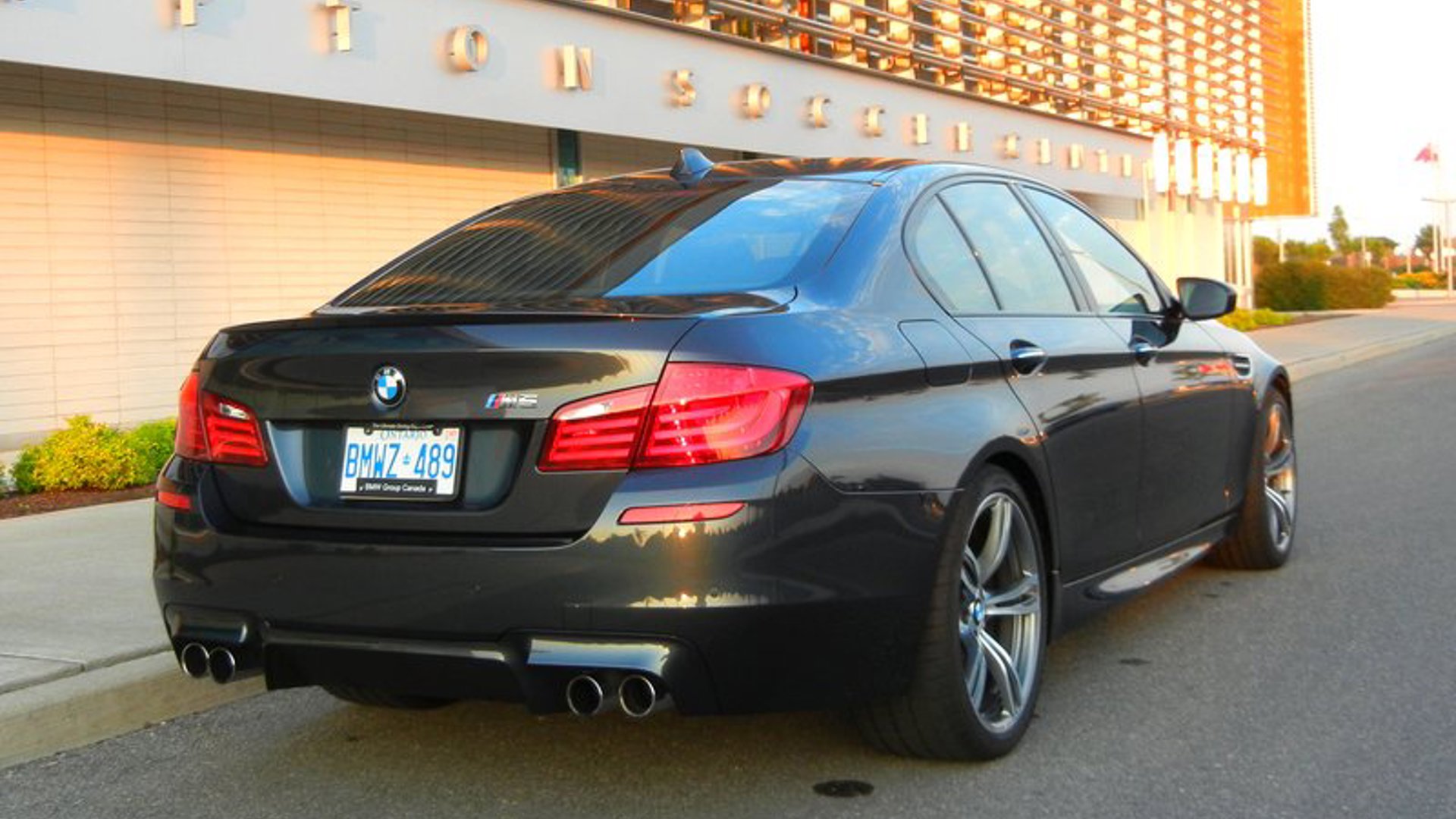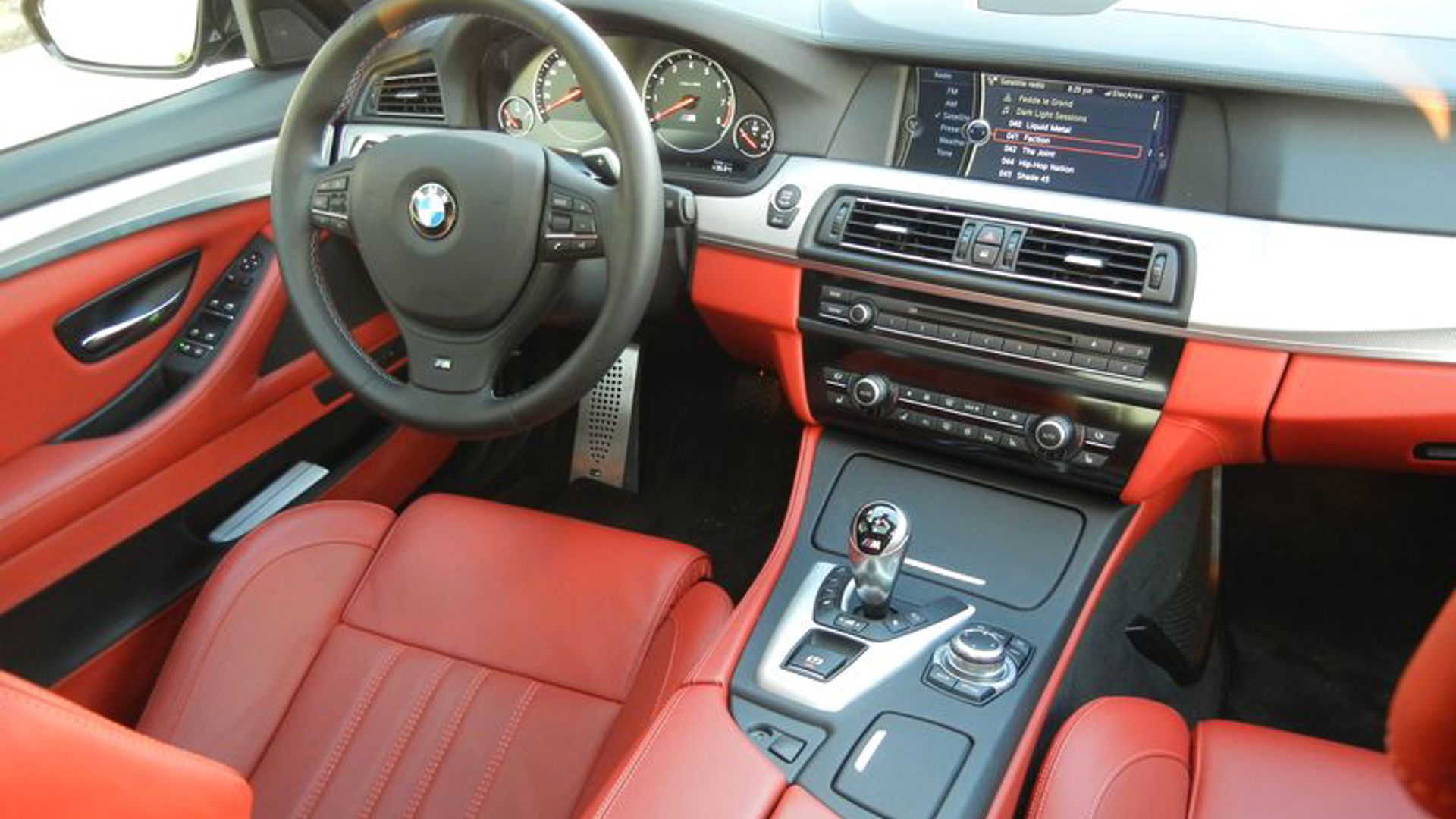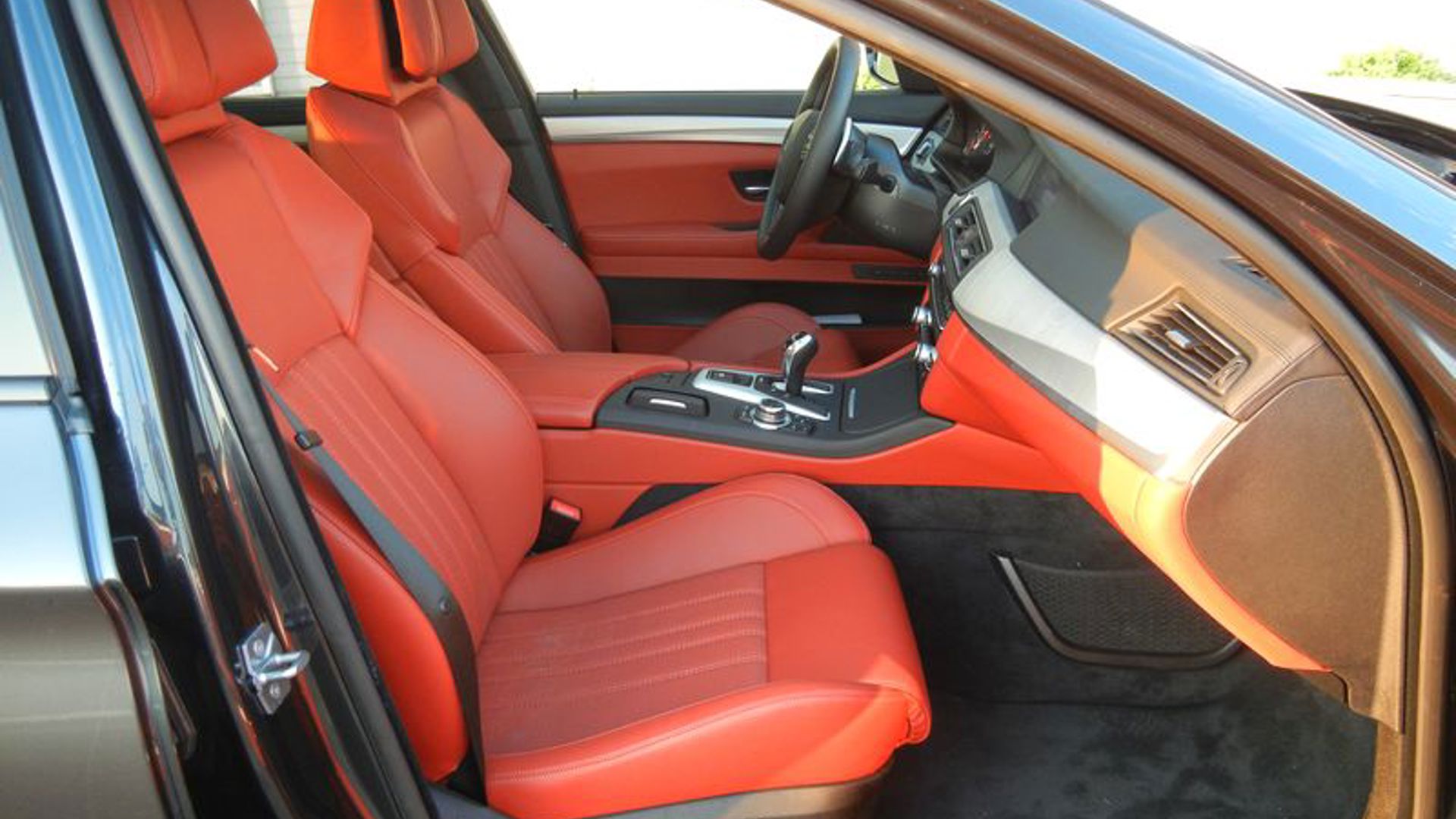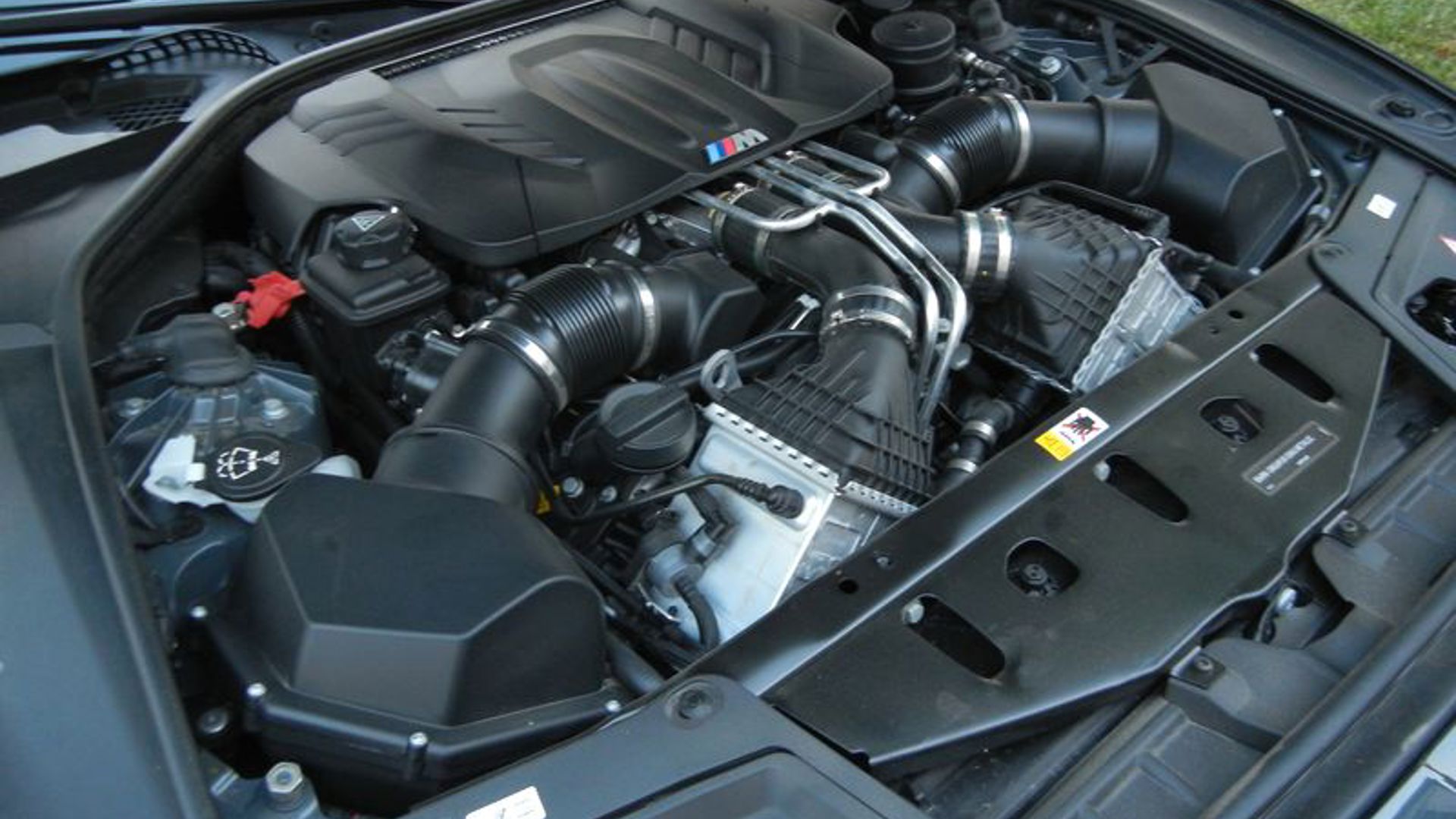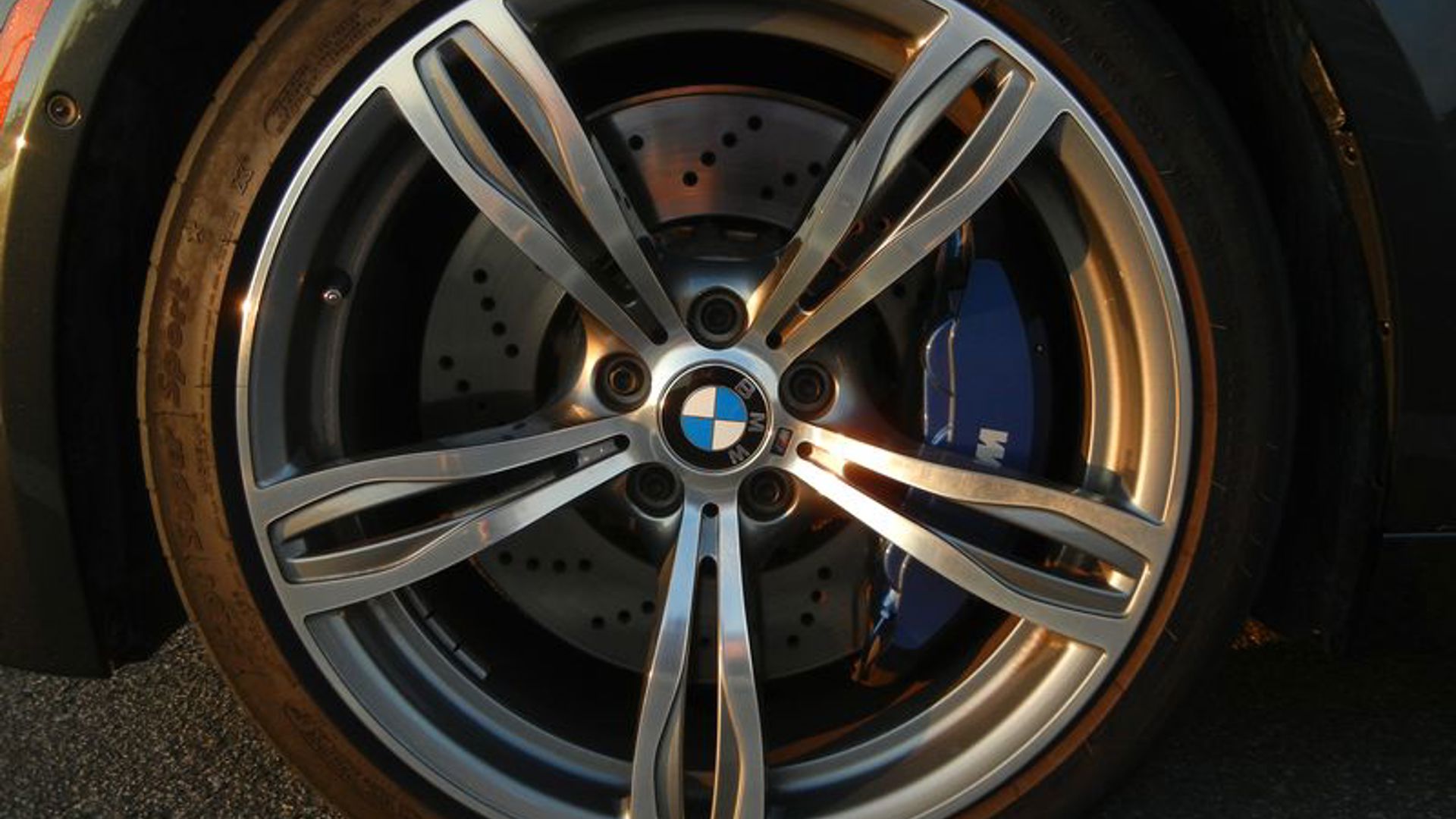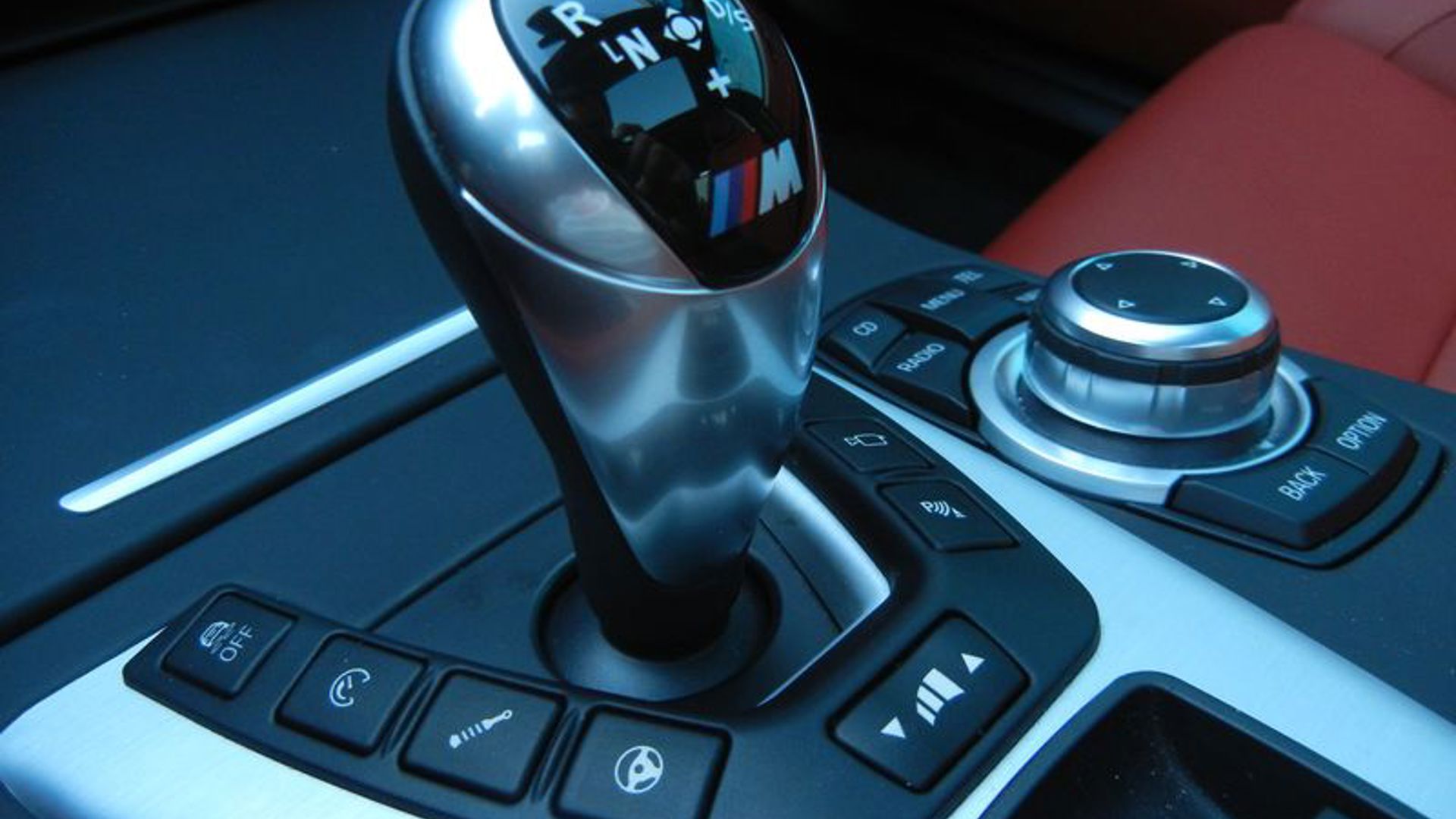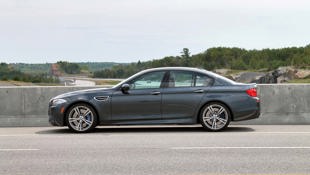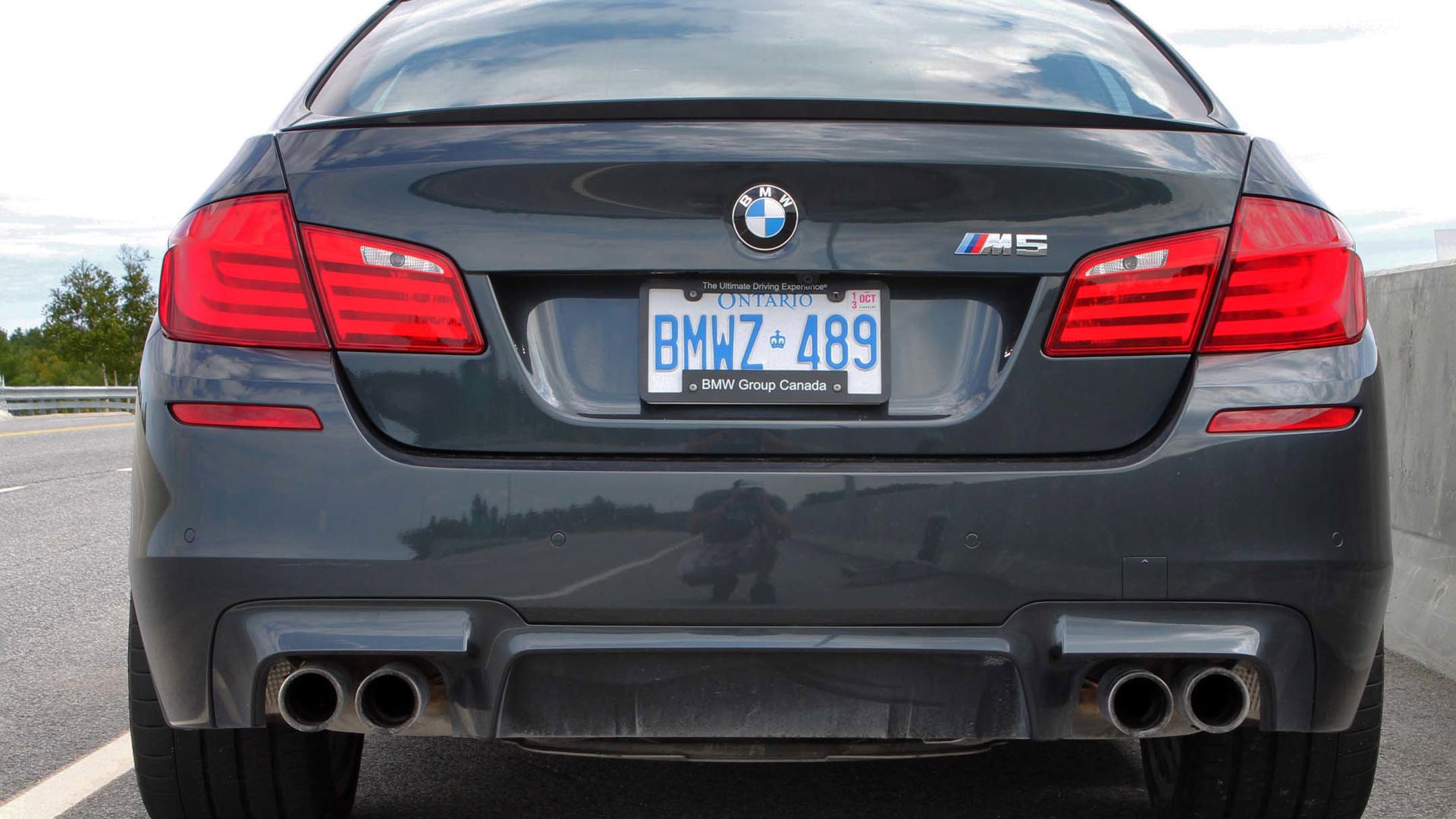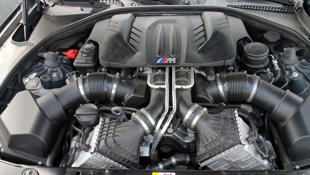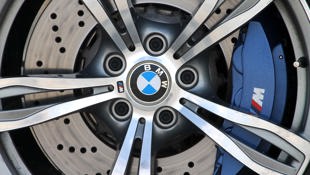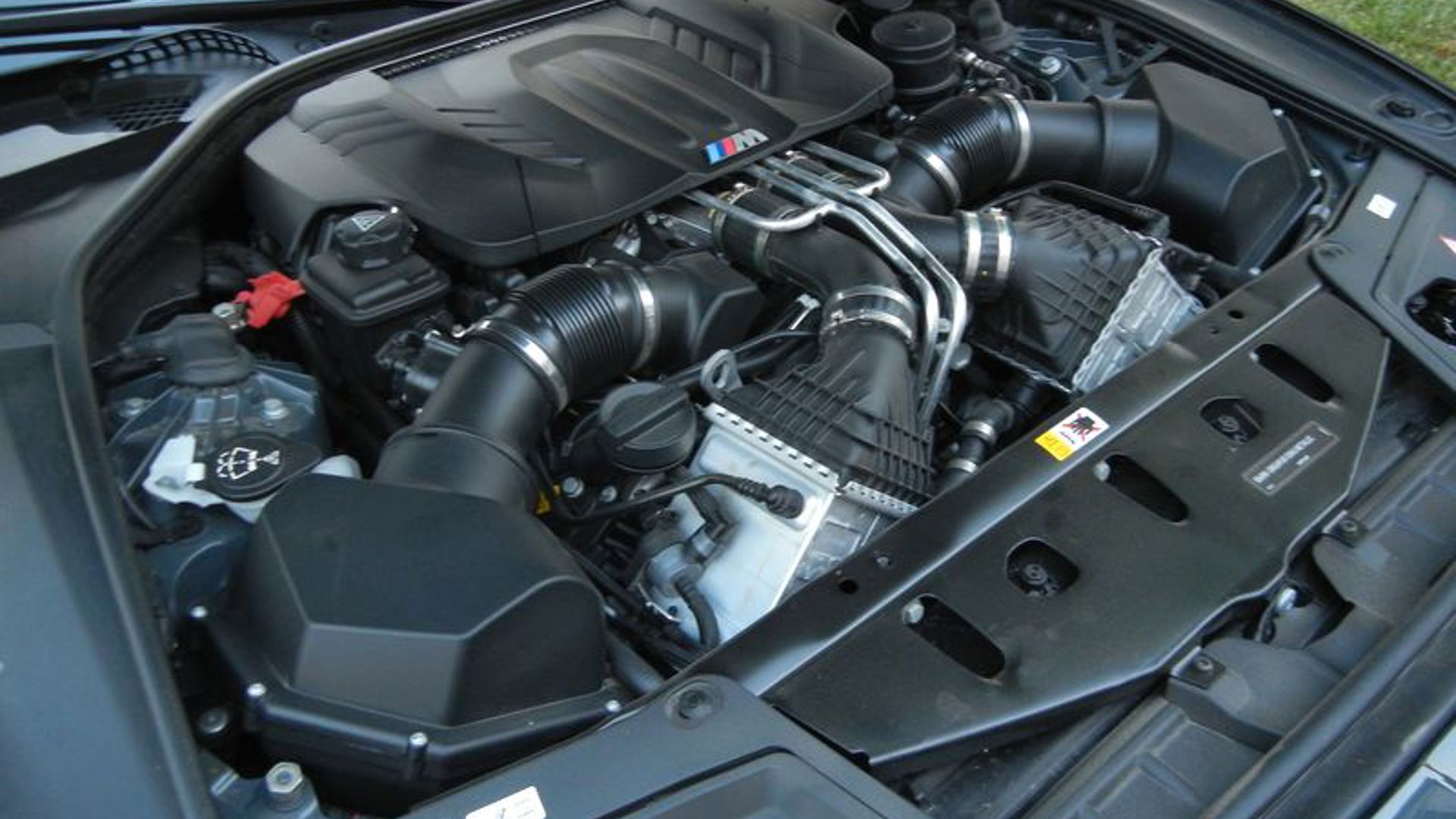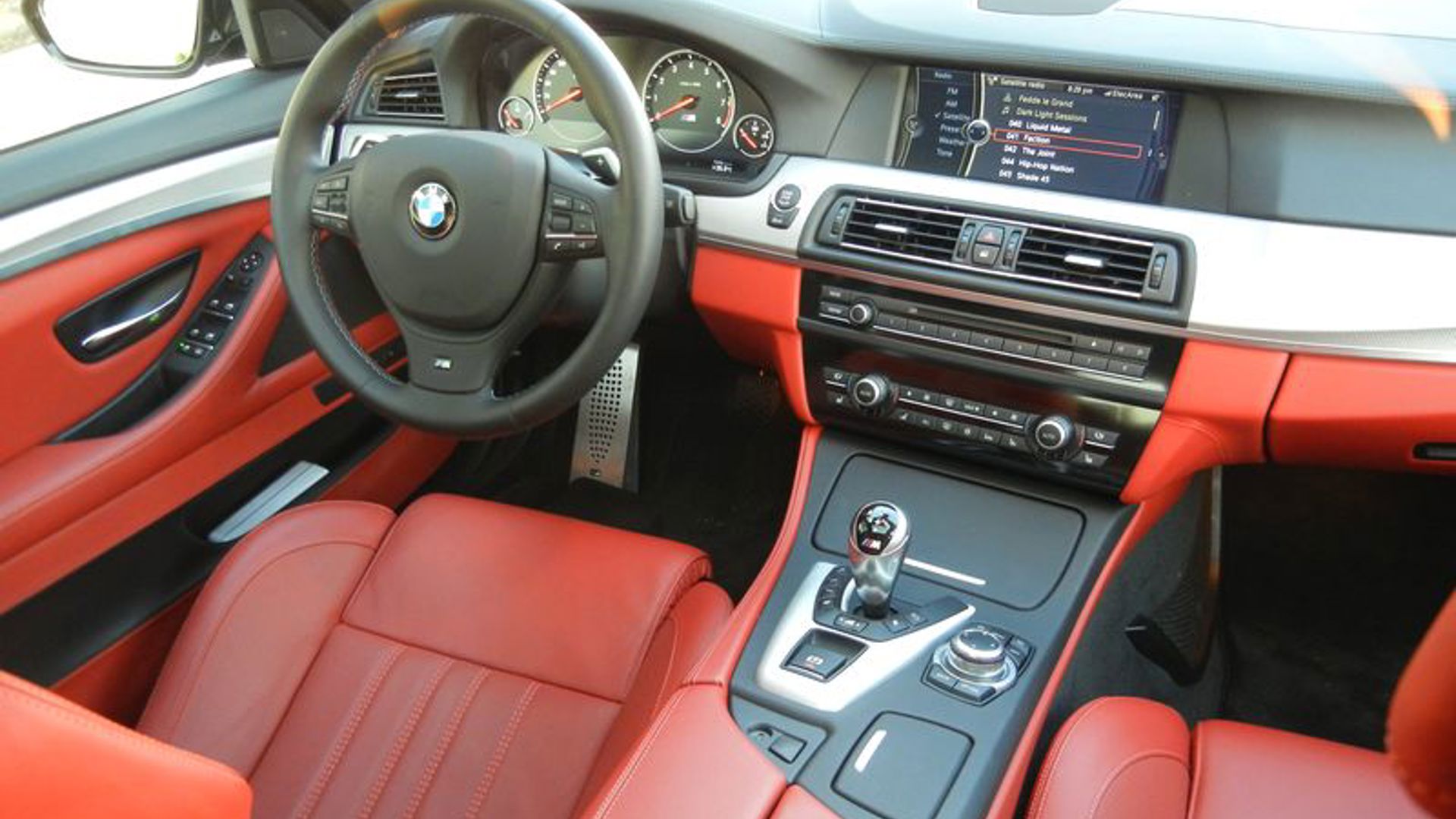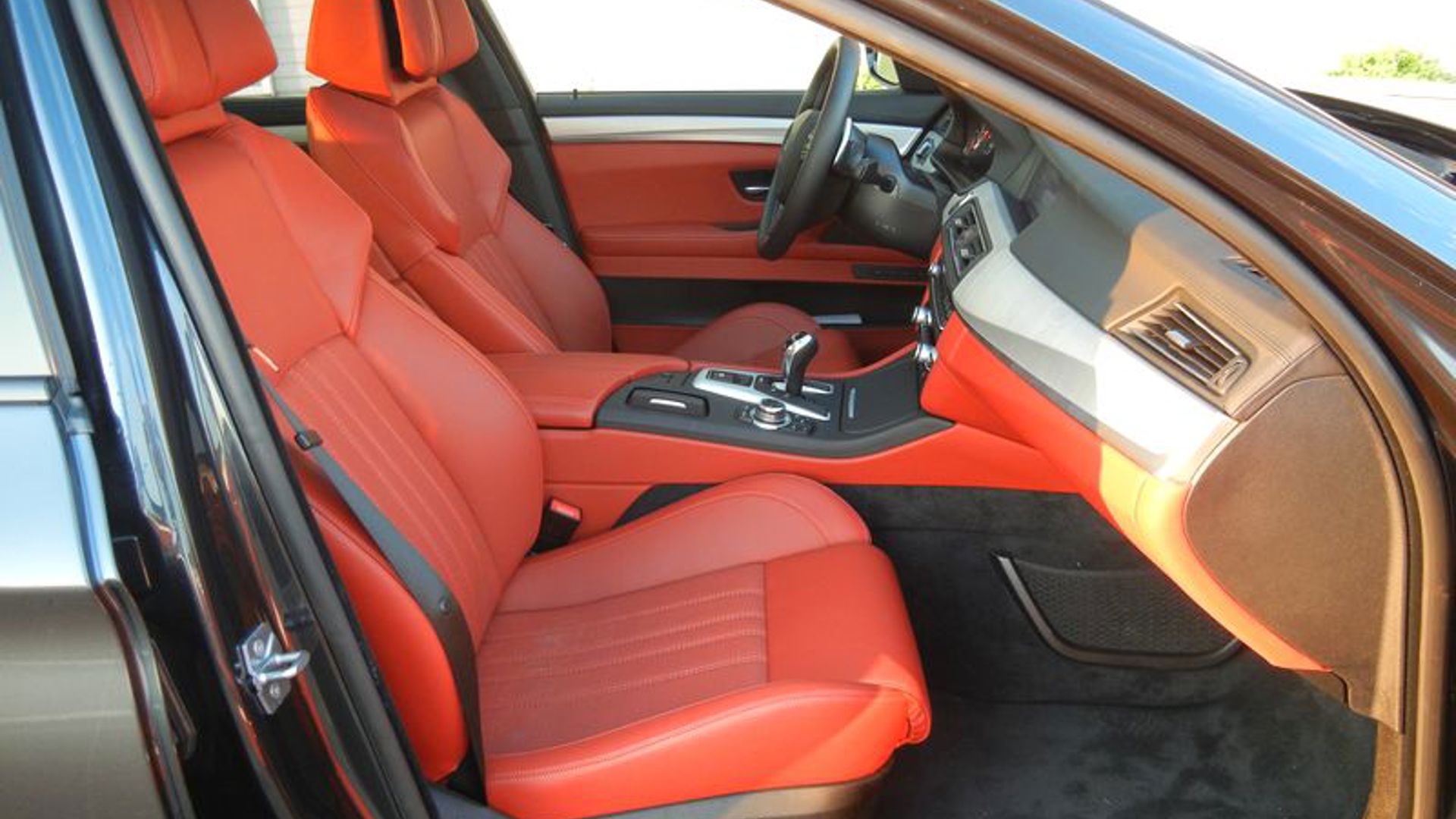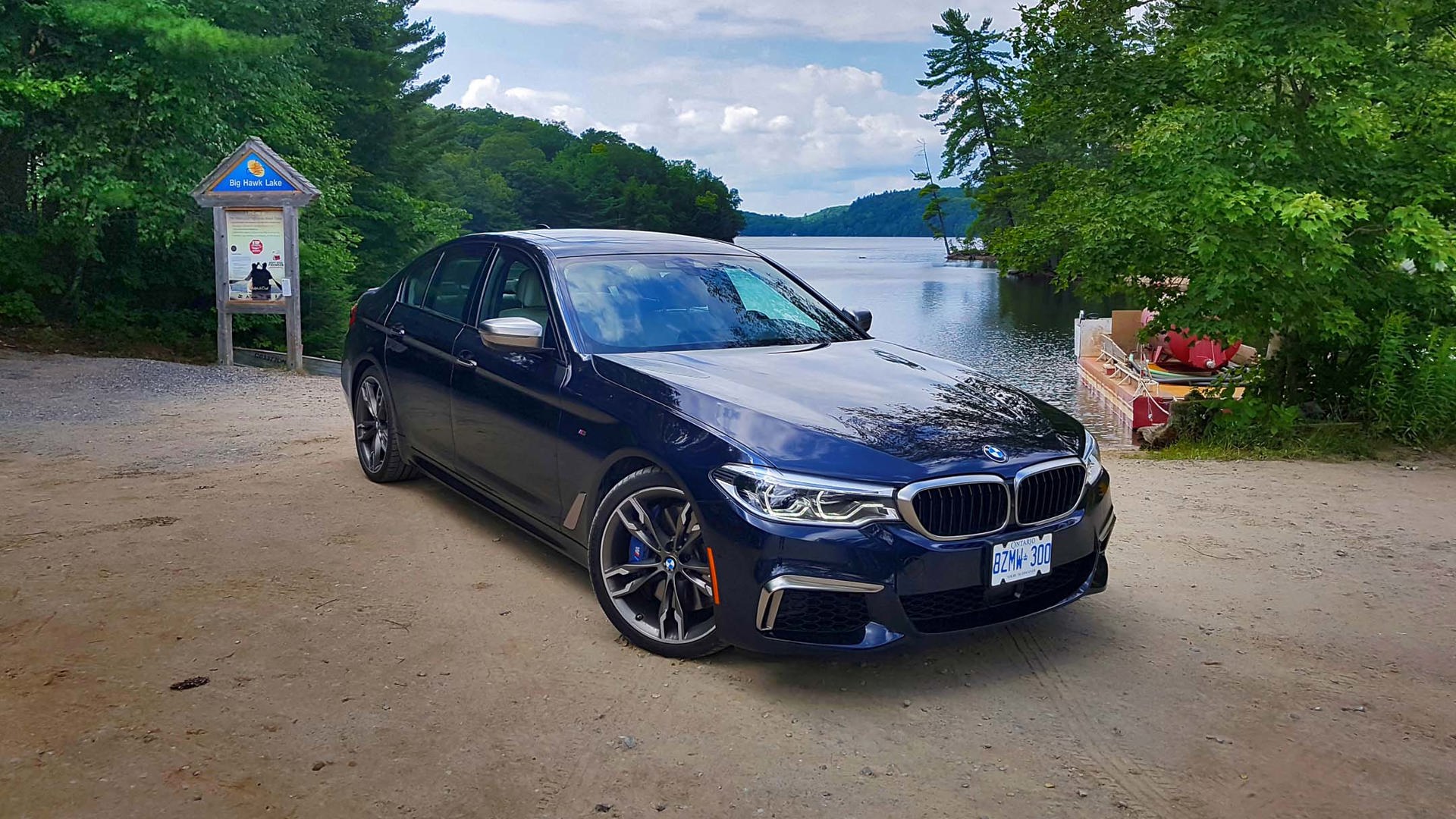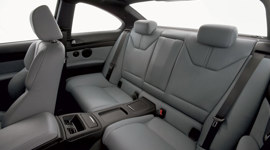Vehicle Type
In spirited driving, laid-back driving or anything in between, the M5 was willing to accommodate.
Performance Sedan
History/Description
Dubbed F10, the fifth-generation BMW M5 went on sale in 2011 for model year 2012. This time around, the M5 featured the model’s first-ever turbocharged powerplant, an all-new 5 Series platform, and big power, torque, and technology for the performance sedan shopper after the latest take on the world’s foremost four-door rocket-sedan.
Intended to compete with comparable go-fast four-door models from Mercedes, Porsche, Cadillac, Audi, and others, the F10-generation BMW M5 offered up world-class performance that was track-day ready, in a package that was docile enough for everyday use as a commuter car. Here’s a machine built to transition effortlessly between daily commuter, weekend track-day weapon, and high-speed executive express, losing little in between.
Feature content included all luxury performance flagship must-haves, including premium audio systems, climate-controlled seats, a head-up display, push-button start, window sunshades, the iDrive central command interface, radar-guided cruise control, and plenty more. Consider an F10 M5 if you’re after big helpings of power, luxury, technology, and pedigree that don’t step on each other’s toes.
Engines/Trim
All models were powered by a 4.4L V8 engine, twin-turbocharged for 560 horsepower. The vast majority of used models will have a seven-speed dual-clutch transmission with paddle-shift and multiple shift modes. This generation of M5 was available with a manual six-speed transmission as well, though sales numbers were relatively small, and finding a used copy with a manual gearbox will likely be challenging. Look for 0–100 in about 4.4 seconds. With 22 pounds of boost, the M5 could get past an 18-wheeler as quickly as drivers could roll their foot to the floor.
What Owners Like
Positively rated attributes from the owner’s community include the M5’s luxurious cabin, status and exclusivity, incredible acceleration, great handling, sturdy and readily-connected ride, and top-notch feel of quality. In spirited driving, laid-back driving or anything in between, the M5 was willing to accommodate.
What Owners Dislike
Commonly reported gripes include the lack of a meaningful exhaust note, excessive fuel consumption when driven hard, and a few too many warning beepers and safety systems that may operate intrusively unless turned off. Some owners wish for a more straightforward central command interface, with some reporting that the iDrive console can be fussy to use until properly learned.
The Test Drive
Let’s start with some context, and an understanding that many owners of this generation BMW M5 have experienced minimal if any problems, but that some have experienced multiple problems, sometimes serious and pricey in nature. Given the potential for pricey repairs, shoppers set on an F10 M5 are advised to seek out a used model with all service records available, to purchase any additional extended warranty coverage available, to keep a contingency fund at the ready in case of problems, and to only have their vehicle serviced at a BMW dealership for maximum peace of mind. A unit purchased from BMW’s Certified Pre Owned (CPO) program, with extended warranty applied, is likely your safest bet.
Familiarize yourself with this thread, in which the owner’s community outlines some potential issues that used M5 shoppers may wish to be aware of. The thread outlines a noisy ride, possibly with loose or rattling sounds from beneath the (rear) of the vehicle, as a possible sign that rear coil springs need replacement. Apparently, a bad batch of factory coil springs on earlier models are responsible for the issue, and dealers may replace these under warranty, provided that the warranty is still in effect.
Brake fade is another commonly reported problem by owners who drive their M5 in a track or motorsports setting. Though brake fade can be a factor of maintenance, driving style and the circuit in question, many owners have replaced the factory brake fluid with a higher-performing fluid for better results. Some owners also use more aggressive brake pads to help solve the problem. If you’re not driving your M5 in a track setting, brake fade won’t likely be an issue for you.
Beware of warning messages that may appear in the instrument cluster, including a “Drivetrain error. Maximum power not available.” message, which can illuminate for various reasons, including a flawed fuel pressure sensor or fuel pump on early production cars, or a “driving stability control failure” message, which could be the result of a problem with a sensor in the vehicle’s braking system.
For maximum protection against potentially frustrating electronics and sensor-related issues, have the M5 you’re considering hooked up to a diagnostic scanner at a BMW dealer, and have the technician complete a full system scan. This can reveal a wide range of problems and issues, whether or not there’s a warning message illuminated. Having a dealer ensure that all software updates for the engine, iDrive console, and transmission have been applied can help reduce headaches down the line, too.
While at the dealer, have a technician inspect the M5 fully for signs of fluid leakage, including all oil lines, and the complete cooling system. Though sporadic, some owners have reported issues caused by leaky intercooler coolant lines, oil leaks, and more. These should be easy to spot for a technician on a pre-purchase inspection (PPI).
Next up, be aware of a recall for a potential problem with oil pump failure. This issue affects a small number of model-year 2013 units produced for a few months in 2012, but it can cause catastrophic engine failure, so it’s worth being aware of. The gist? A failed driveshaft on the oil pump can cause the pump to stop circulating oil through the M5’s engine. The associated sudden loss of oil pressure can turn the engine into a boat anchor in a matter of seconds. If you’re considering a 2013 M5, ask a dealer service advisor if the unit you’re considering may be affected, and if it qualifies for a new oil pump, provided it hasn’t had a replacement unit installed already. This is a good time to remind all drivers, of any sort of car, that if an oil-pressure warning light or message pops up, to pull over and shut the engine off, and to stop driving the vehicle, immediately.
Two other notes.
First, as the M5 runs a direct-injection engine, shoppers are advised to familiarize themselves with any requirements outlined in the owner’s manual for fuel quality, and fuel system cleaning. Use of a top-tier fuel at all times, as well as strict adherence to any factory-prescribed fuel system cleaning maintenance, will work to help fend off potentially harmful valve-gunk build-up characteristic of this type of engine. Ditto regular, on-time spark plug changes. You should never stretch spark plug changes on a direct-injection engine.
Second, to reduce the likelihood of surprises, approach any used M5 assuming it needs new tires, brakes, and all fluid changes, until you confirm otherwise by vetting service records or having each consumable component and part inspected. Keep your M5’s fluids fresh and full, and it’ll repay you with longer component life and a more worry-free driving experience. Note that most Canadian drivers should follow the “severe” service intervals for fluid changes outlined in the owner’s manual.
As the M5 is a complicated and specialized vehicle, all servicing should be performed at a dealer, for maximum confidence.
The Verdict
It’s the crushing performance, pleasing luxury, and BMW’s pedigree – not low operational costs – that make the F10 M5 appealing as a used buy. Purchasing a used model from a dealer CPO program with all service records, all software updates applied, and any extended warranty available is the smartest choice.
Here’s a list of recalls that apply to the BMW 5 Series in general. Check with a dealer service advisor for any M5-specific recalls.
Crash Test Ratings
N/A

